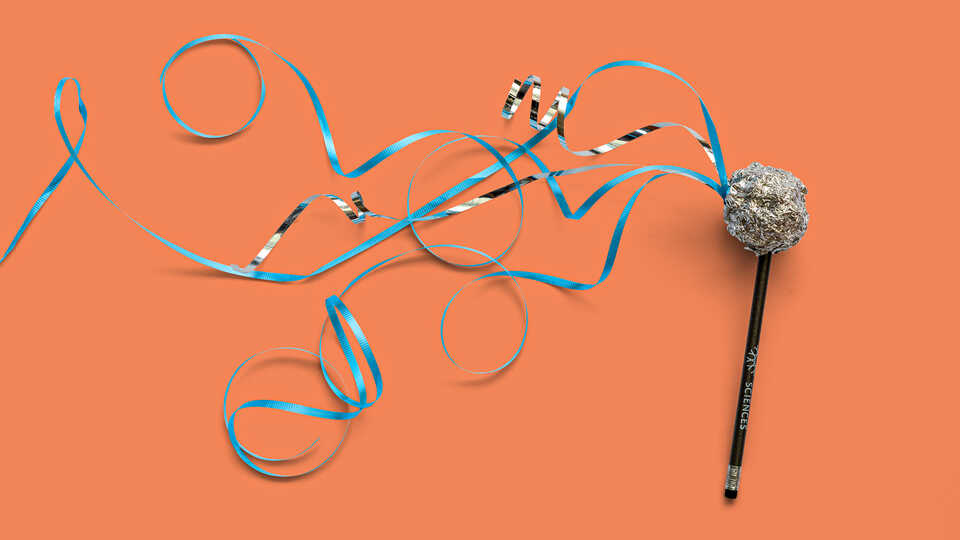
3…2...1…Blast off! Embark on a week of out-of-this-world adventures, featuring over a dozen activities for future astronauts ages 8-11.
Ready to rock? Your mission is to explore the incredible objects that zip and zoom through space—asteroids, comets, meteors, and more—through hands-on activities, crafts, experiments, and videos.
(Please note: While Science @ Home activities are designed for kids, some little ones might need adult help with reading instructions and preparing crafts).
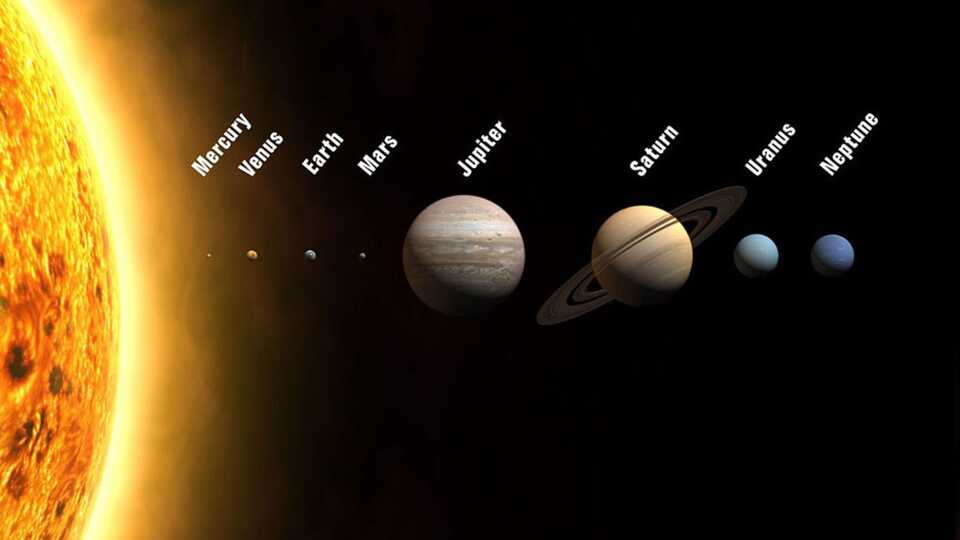
Day 1: Size and scale
Our solar system is full of fascinating objects, from tiny specks of dust to giant planets like Jupiter. Start your week by getting a sense of how big—or small—our cosmic neighbors are. (60 minutes)
Our solar system contains objects ranging in size and composition from microscopic dust all the way up to the Sun. Investigate the characteristics of a variety of these objects and use your scientific skills to sort them into categories of your making.
Could this rock be from space? While meteors are rare, doing a few simple tests can help you determine what kind of rock you found, and learn more about Earth rocks in the process.
Compare well-known asteroids and comets to the size of parks, cities, and even US states to get a better sense of scale.

Day 2: Comets
Comets look like fireballs, but they're actually more like iceballs! Learn more about these luminous rarities that occasionally swing by close enough to Earth to put on a spectacular show. (45-60 minutes)
Chart the path of a comet and watch it shoot across the sky by making your very own animated flipbook.
Craft a comet and take its tails for a spin around the Solar System.
The Rosetta spacecraft spent 17 months orbiting and studying Comet Churyumov–Gerasimenko (67P) and on November 12, 2014, dropped the Philae probe onto the surface of the comet. As you watch this stereoscopic 360° video visualization of Rosetta and Comet 67P, use your cursor to adjust your view and think about the following four questions. Share your answers with a friend or family member or just think in your head.
- Does 67P look how you expect a comet to look? Why or why not?
- What discoveries do you think we could make with a probe landing on the surface of a comet?
- What challenges do you think the scientists and engineers faced when landing Philae on 67P?
- Why do you think humans can’t land on a comet?
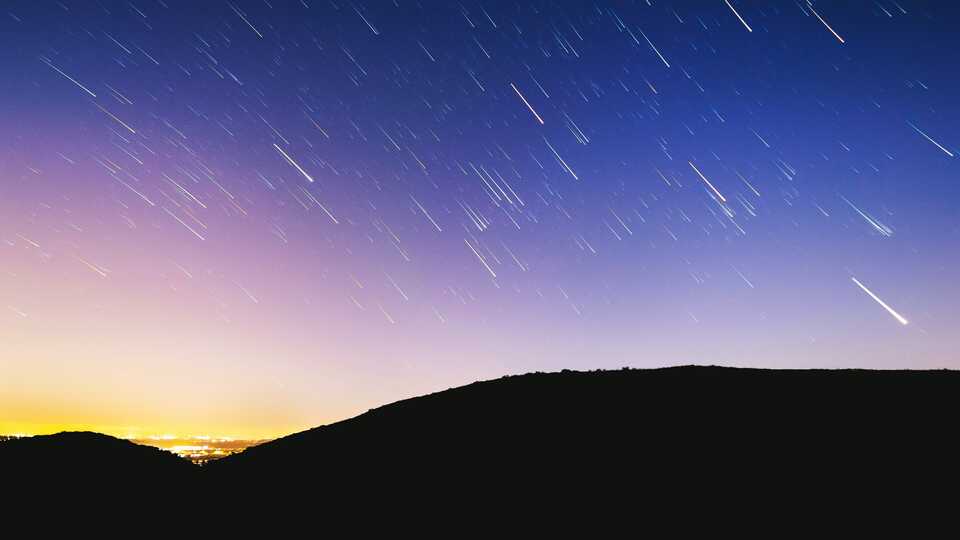
Day 3: Meteors
If you've ever gazed up at a clear night sky for a few moments, you've probably seen a shooting star. Those "stars" are actually meteors! Get meteor-viewing tips—and recreate the magic with a plastic bottle and a piece of paper. (45 minutes)
Meteor showers are magnificent events, occurring just a few times a year. Make the most of these heavenly happenings by watching this video in advance.
Why do the shooting stars we see during meteor showers all appear to come from the "space" part of space? Play with perspective with this hands-on experiment.
Capture the beauty of a meteor's iconic shape using a single piece of folded paper in this origami activity.
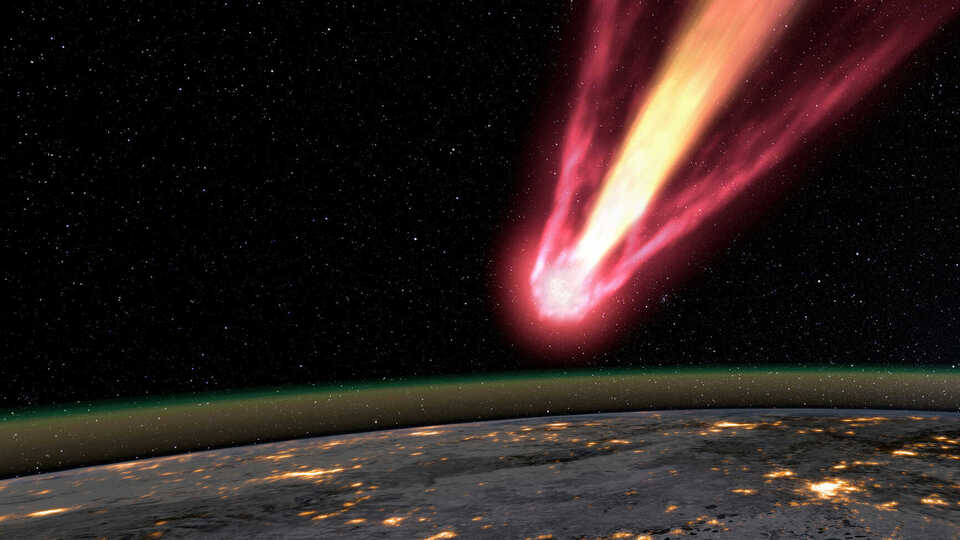
Day 4: Impact!
Space rocks don’t just float around aimlessly—their orbits sometimes put them on collision courses with other objects in the Solar System. Investigate celestial smash-ups through videos and an impactful activity. (45 minutes)
Recreate the crater-covered surface of the Moon by dropping a variety of "impact objects" into flour or sand.
Dr. Amy Mainzer specializes in comets and asteroids and looks for ones that might be on a path toward Earth. Learn how she detects and tracks them, and which ones worry her the most. While you watch this video, think about the following three questions. Share your answers with a friend or family member or just think in your head.
- Before video: What’s the main difference between asteroids and comets? After video: Is the difference what you expected?
- Before video: What do you already know about objects that impact Earth? After video: Is there anything that surprised you in the video about them?
- What types of telescopes can be used to look for near-Earth objects?
On February 15, 2013, a 66-foot long asteroid entered Earth’s atmosphere. The object exploded about 97,000 feet above our planet’s surface, causing a bright flash of light, a shockwave, and small pieces of the asteroid, called meteorites, to fall down to Earth. As you watch this visualization of the rock’s voyage to Earth, drag your cursor across the screen to change your view and think about the following three questions. Share your answers with a friend or family member or just think in your head.
- What do you notice about the structure of the asteroid as it enters the atmosphere?
- Does anything surprise you about the asteroid’s path?
- Does anything surprise you about the size of the area that was affected by the shock wave?
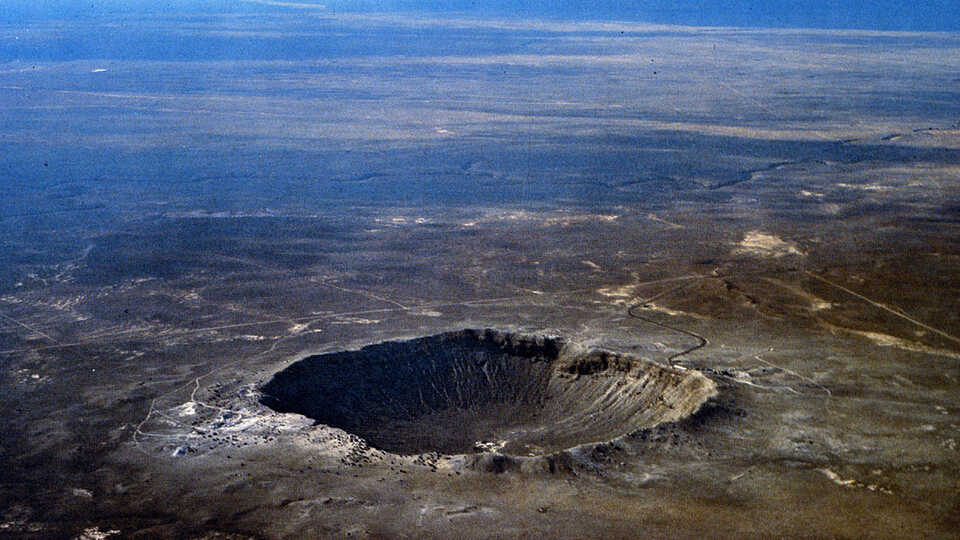
Kid and caregiver extension activities
Ready for a rockin' encore? Get rolling with three more extra-spatial activities—including one that is extremely delicious.
We all scream for edible ice cream comets! Grab an adult and a friend to concoct your own yummy comet and use your senses to identify its components.
Astronaut Ed Lu (STS-84, STS-106, Soyuz TMA-2 missions) discusses asteroids and the danger they could pose to Earth in this Cosmic Conversation. While you watch this video, think about the following five questions. Share your answers with a friend or family member or just think in your head.
- What are some of the different kinds of asteroids and where are they located?
- What are some of the main observations Ed Lu and his team are trying to make?
- What effects can an asteroid have if it impacts Earth?
- What technology are we using to learn about asteroids?
- What questions do you have about asteroids?
When is the next meteor shower? Is there anything interesting to see in the night sky this season? Explore the Morrison Planetarium webpage for seasonal Skywatcher's Guides, annual Pocket Almanacs, and more.
